Question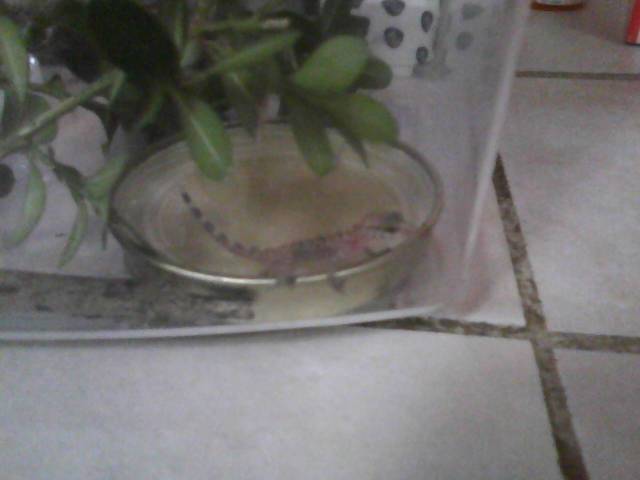 North Texas Gecko
North Texas Gecko
QUESTION: My 6 year old son caught one of these geckos in our backyard. They are there every night once it gets warm, usually on the bricks around our doorway. We have also seen them in the house. Anyway, my dad took him to get a habitat for it, but was unable to find anyone able to help them with questions re: proper care, habitat or feeding. They bought a small plastic habitat and we added a few rocks and a branch to it. As far as feeding, they bought some Crested Gecko food that you mix with water, but now I am not so sure this is the proper diet. Would insects from the pet store be better? I also put a small dish of water in there that I change 3 times a day. I have read about putting sand in the bottom and about creating "humidity rooms"?? Also, is a heat lamp needed? I really want to help him learn how to care properly for the little guy, so any info you can give me would be very helpful, as my son has already named him "Squidword" and is very excited and already pretty attached. I have attached a close-up picture of the gecko. Thank you for any help you are able to give.
ANSWER: Hi Zoe,
Reptiles really should not be taken from the wild for a few reasons... in most cases there really is nothing known about the correct care they need pertaining to diet, temperatures, humidity, the need for UVB and other areas of care.
Other concerns are the high risk of salmonella being passed to humans and other pets in the house and also other diseases that wild reptiles can and do carry which again, can harm humans and other pets.They also carry parasites, both external and internal.
Personally, the proper thing to do is to return it to the wild and enjoy watching them in their natural habitat. If your son is interested in a reptile, a leopard gecko would be a good choice.
With the lizard you have taken from the outdoors, its important to know if they are nocturnal or diurnal...active at night or during the day. If they are a basking lizard(active during the day) they must have a good source of UVB which comes in the form of specific uvb tubes. Without the uvb, they will develop metabolic bone disease. In the temperature area, many lizards require specific temperature zones and gradient temperatures to properly digest their foods.
What do they eat? Again, without knowing the exact species, its hard to know what to feed them. MOST geckos eat live only foods....insects such as crickets, etc. Some geckos will eat some babyfood fruits, but there again, not knowing the species...its impossible to know if there are certain foods they need to survive. Captive lizards also need certain supplements, based on their species...
Most reptiles taken from the wild will die of improper care, starvation or stress.
The picture is blurry and I can't really see the color or structure of the lizard.
As you can see, there are a lot of cons on trying to keep a reptile caught in the wild and really no pros of it.
I wish I could offer more info on the care, but as I said without being able to know the exact species, there isn't a way to even guess as to what is needed. You may want to offer your son the option of getting a leopard gecko (which there is plenty of care info on )you can check some of my previous leopard gecko answers on here)in return he allows the wild caught lizard to go free. I would really hate to see the little wild caught lizard pass away due to not having the proepr care information to care for it properly. I'm sure your son would hate that also.
The very basic on MOST gecko species is:
a warm area that is in the mid 80's to low 90's..with a cooler area and a mid range temperature in the low 80's
Properly sized live insects...never larger than the space between their eyes
some geckos will eat babyfood fruits..
The big problem comes in with not knowing if they are active during the day or night... If they are out and about during the day chances are it MUST have a proper source of uvb.
Any housing needs to be of a size that can give 3 temperature zones, one of which is the warm zone... room for a few caves and of course food dishes, water dishes, etc.
Also I never recommend sand as a substrate as it can cause blockages in geckos, even if they live in sand in the wild...in the wild we have no idea if there is something they eat that helps prevent a blockage.
I did come across this link so that you may be able to better identify the species.
http://www.geckoweb.org/gallery
---------- FOLLOW-UP ----------
QUESTION: Letting this one go and getting him one that is meant to be a pet seems like the best/responsible thing to do. How big do the leopard geckos get? I had a friend when I was younger that had a gecko, not sure of the species but it was a pet (not wild caught), and it got very large. What about green anoles? Are they pretty easy to care for? Which would you recommend for a young boy for a first pet? And thank you for the information, it was most helpful.
AnswerHi Zoe,
I'm very happy to hear of your decision!!!
Leopard geckos don't get all that large at all. Total length is about 8-9 inches. They are one of the easiest to care for. They are nocturnal, eat only live insects, require a 20 gallon tank, I suggest providing a small UVB light for them, their warmest part of their tank is 88-92 degrees.
I am including a basic care sheet on them that I wrote. I do suggest that if you choose a leopard gecko(or any other species) you get one that is not a baby as sometimes babys are had to get going. One that is a few months old or even a little older is better as they are easier to feed and care for. When they are baby babys sometimes its hard to find the small sized insects they require. Also, with leos, some don't like to be handled, some love to be handled so when one is older, you have a better idea on that. Since they can live for 20 years, that few months difference in age won't make a difference in that aspect.
Another species that you might want to look into would be the crested gecko. They tend to handle handling better that most leopard geckos, in addition to the insects, they also eat baby food fruits or the prepared gecko foods. Their warm area temperatures are a few degrees cooler.
If you don't mind more expenses with a reptile, a bearded dragon makes a nice first time pet lizard. They do get larger, about 2 ft in total length, require higher temperatures and a strong source of uvb. Their cage needs to be at least 50-60 gallons, and their diet consists of insects and also dark, leafy greens of different types. As I said, I will include a basic care sheet on the leo. Space doesn't allow me to provide a care sheet on each species so I will list good links to those other two species. On the Anole, they are more of a "look at" pet and can't really be handled. They have a short life span, about 4-6 years, require a good bit of humidity, UVB and small insects.
Bearded Dragon:
http://www.bio..miami.edu/ktosney/file/BDcare.html
http://www.sundialreptile.com/care%20sheet--bearded%20dragon.htm
http://www.blackninjakitty.com/herps/dragons
CRESTED GECKO:
http://www.sundialreptile.com/caresheet-crested.htm
http://www.crestedgeckosandsupplies.com/crestedgeckocaresheet
ANOLE:
http://www.grizzlyrun.com/Pets/Reptiles/Lizards/Anole/Default.htm
BASIC CARE FOR A LEOPARD GECKO
Leopards are pretty easy to care for but they do need
special care. Here are some of the basic needs of your gecko.
HOUSING: The need to have at least a 20 gallon long tank for one Leo. This needs to have a secure fitting screen top...they can be quite the escape artists!!! They need to have a humid hide box.You can make this with something as simple as a small plastic dish with a hole cut in one side and a small mesh bag filled with some Sphagnum moss coconut bark or Peat moss that you mist.
I made mine out of the small plastic folgers coffee containers...I cut an opening in the lid..and put the moss in..they LOVE it. I use the terrarium moss in mine.
I use that on the warm side of the tank. Be sure to provide a cool hidebox on the other end. I also provide a mid temperature hide...which is in the middle of the tank.I use the critter caves which you can purchase. NOT the ones that have heat in them!!!!
Provide secure climbing areas for your gecko. Fake plants, rocks and branches are all fine to use. be sure there are no wires or sharp ends to any fake plants you use.
*****SUBSTRATE:(that's the stuff on the floor of your tank) Newspaper, lizard carpet or paper towels work great and are easy to clean and are much safer than any loose substrate. Sand or other loose substrate is not recommended as that they can be deadly to the leo when it is ingested(eaten, even by accident while eating their insects)...A very graphic site of an impacted leo surg can be seen at http://homepage.mac.com/exoticdvm/reptile/PhotoAlbum181.html it is very graphic!!! ******What I have found that works great for safety and heat distribution is using about 1/4 inch of childrens play sand(since the tiles fit tight together, there is no sand danger) on the bottom of the tank and on top that you place ceramic or slate floor tile. What is nice is that the 12 x 12 squares fit perfect in a 20 gallon tank with no spaces between the tiles. The sand and the tile distribute the heat wonderfully. Using the under tank heater as described is what distributes the heat. Also, overhead heat will help in heating the tiles...I've been using this set up for several years and the leos love it. Using a tile that isn't smooth is recommended. **********
TEMPERATURES: They need a warm area ( on the floor) of 88-92 degrees and a
cooler area in the upper 70s, low 80s. At night their temperature can drop to the low to mid 70's.
Never use a hot rock for a leopard gecko...or any reptile.
They can severely burn any reptile. You can use a heating
pad under the tank,under tank heater for the warm area. You can use a regular household lightbulb in a dome fixture with a ceramic socket in it to keep the warm area at the 88-92 degree area if needed there, otherwise, placing the lightbulb about midway in the tank will give the needed temeratures throughout the tank. You may have to play with the wattage of the bulb but generally 40-60 watts is sufficient.At night, no white light. If room temperatures stay above 70 degrees, no extra night heat is needed. The undertank heater or heating pad should cover about 1/3 of the tank....be sure to raise the tank up about 1/4-1/2 inch off the stand when using an undertank heat source to prevent heat build up which can cause the glass to break and hot spots in the glass. Be sure to have a good layer of newspaper, carpeting or, even a thin flat rock(such as tile) on top the area that the undertank heat source is placed...if you use a thin rock or tile, it helps to distribute the heat very well.
You can use the special nighttime lights that are designed for reptiles. I like using a ceramic heat emitter on a thermostat for nighttime heat.
DO NOT use black lights or party lights as they can cause eye damage!!!!
The wattage you use will vary based on room temperature and size of tank.
LIGHTING: Leopard geckos do not need UVB lighting but it does not hurt them to give them uvb. They should have some type of light during the day, be it a uvb tube, regular florescent light, reptile day light or regular household lightbulb. NO white lights at night!!!
FEEDING: Geckos should not be fed crickets or other insects that are bigger than the space between their eyes. Generally, hatchlings can be fed more than once a day,juvys can be fed twice a day, adults are fed once daily or every other day, in the early evening. Crickets and other food items such as silk worms, super, and an occasional treat of a wax worm, need to be dusted with a calcium supplement two times a week and also they should have a small dish of calcium in their tank. I use the lid of a milk jug for the little dish of calcium in their tank. For dusting the insects, Use a calcium with no added phosphorus. Insects must be gut loaded(fed) for at least 48 hours prior to feeding your gecko. Remove any uneaten crix or superworms after 15-20 minutes..... Place a piece of cut potato in the tank so that if you have missed any uneaten insects, they will eat the potato instead of nibbling on your gecko!!!
*************You have to be sure to feed your crickets and insects the right foods before feeding them to your gecko. If your crickets/insects are not healthy and well fed, your gecko will not get the nutrition he needs. You can gut load your crickets and insects greens, veggies, cereals or specially designed commercial foods for crickets or the insects you are feeding. ************
Be sure to have a small dish of clean water for your gecko at all times!!
You can offer them some baby food or fruits on occasion ...
Mine will even eat a small piece of watermelon now and then.WATER: always provide a dish of drinking water. If you choose to mist your gecko to drink, its best to not get the tank too wet as that they do not do well with higher humidity. Sometimes its better to take your leo out of their tank to mist them to get them to drink!!!
HANDLING: Some geckos enjoy being held...others prefer not to be handled at all. Be sure to be very gentle when holding your leo and NEVER grab them by the tail! Their tails are extremely fragile and will break.
I do suggest finding a vet that can treat reptiles BEFORE you actually need one!!! To find a vet that is able to care for reptiles:
http://www.herpvetconnection.com
http://www.arav.org/ECOMARAV/timssnet/amm/tnt_mdsearch.cfm
http://www.anapsid.org/vets/
For more information on leopard geckos:
http://www.drgecko.com
If you have any questions or don't understand something, please let me know.


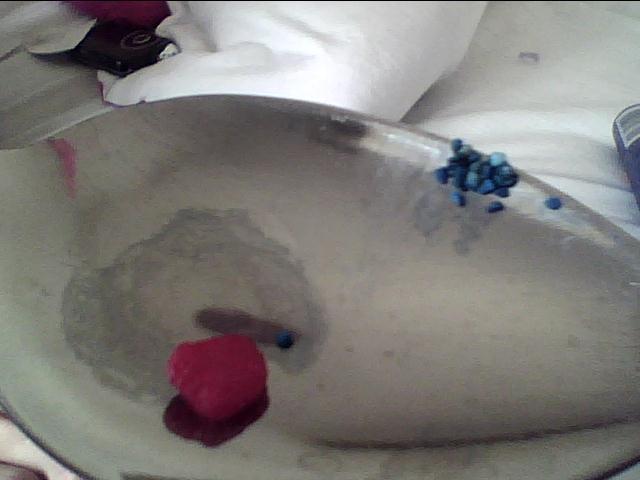 Red crystals????
QuestionRed crystal
QUESTION: Im really worried
Red crystals????
QuestionRed crystal
QUESTION: Im really worried
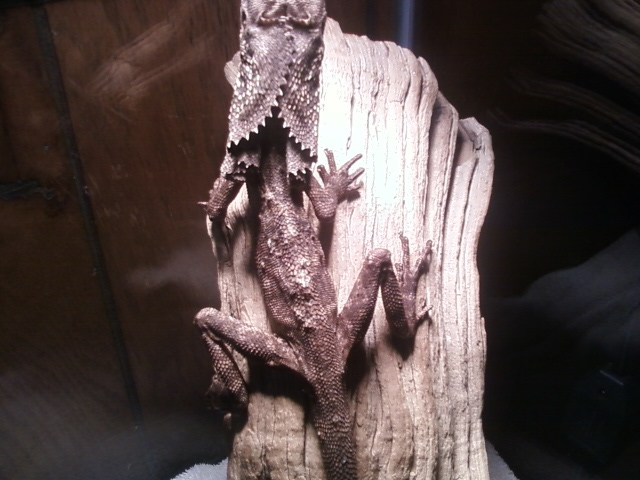 sub-Adult Female Frilled Dragon
QuestionFrilled dragon
frilled dragon
QUE
sub-Adult Female Frilled Dragon
QuestionFrilled dragon
frilled dragon
QUE
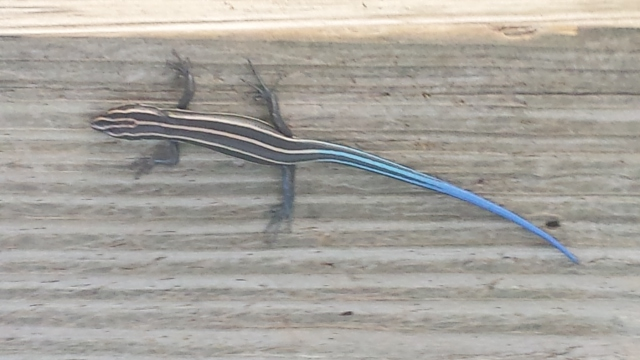 identify lizard please
Question
Waynesboro, tn
could you please tell me
identify lizard please
Question
Waynesboro, tn
could you please tell me
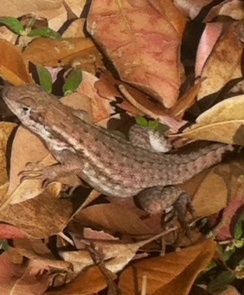 Unidentified lizard
QuestionUnidentified lizard
QUESTION: Before I l
Unidentified lizard
QuestionUnidentified lizard
QUESTION: Before I l
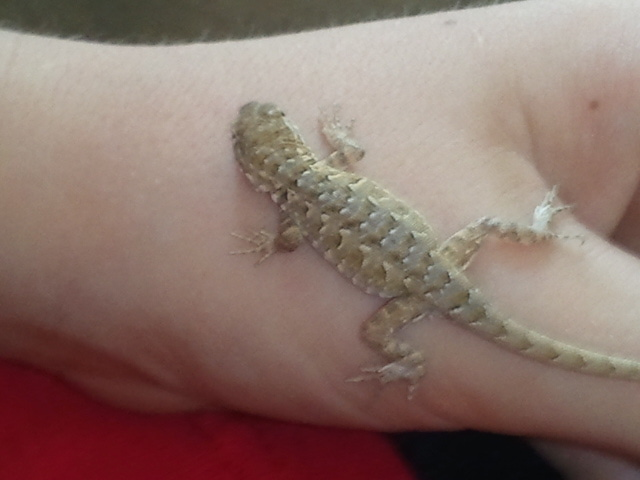 Baby Lizard
Question
Baby Lizard
Hi my son has found two bab
Baby Lizard
Question
Baby Lizard
Hi my son has found two bab